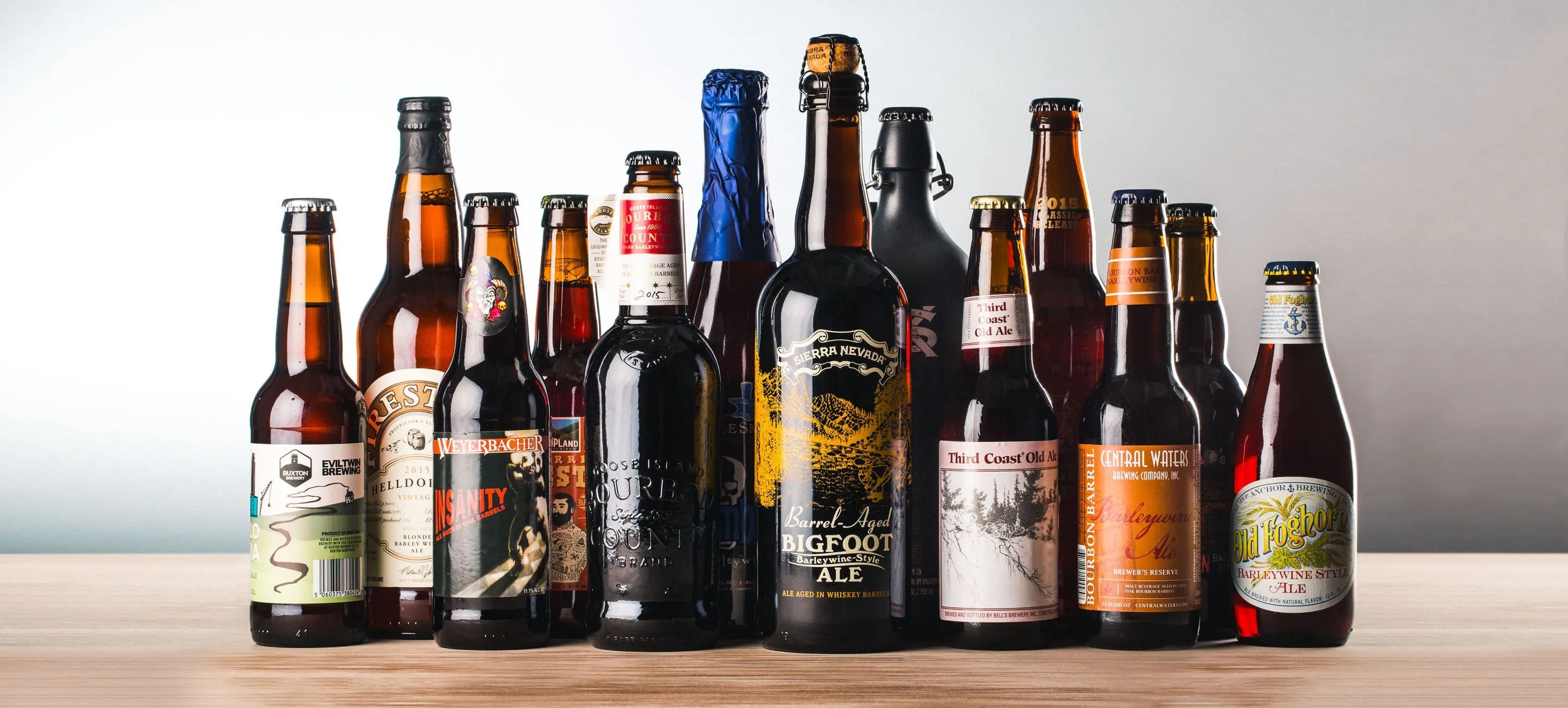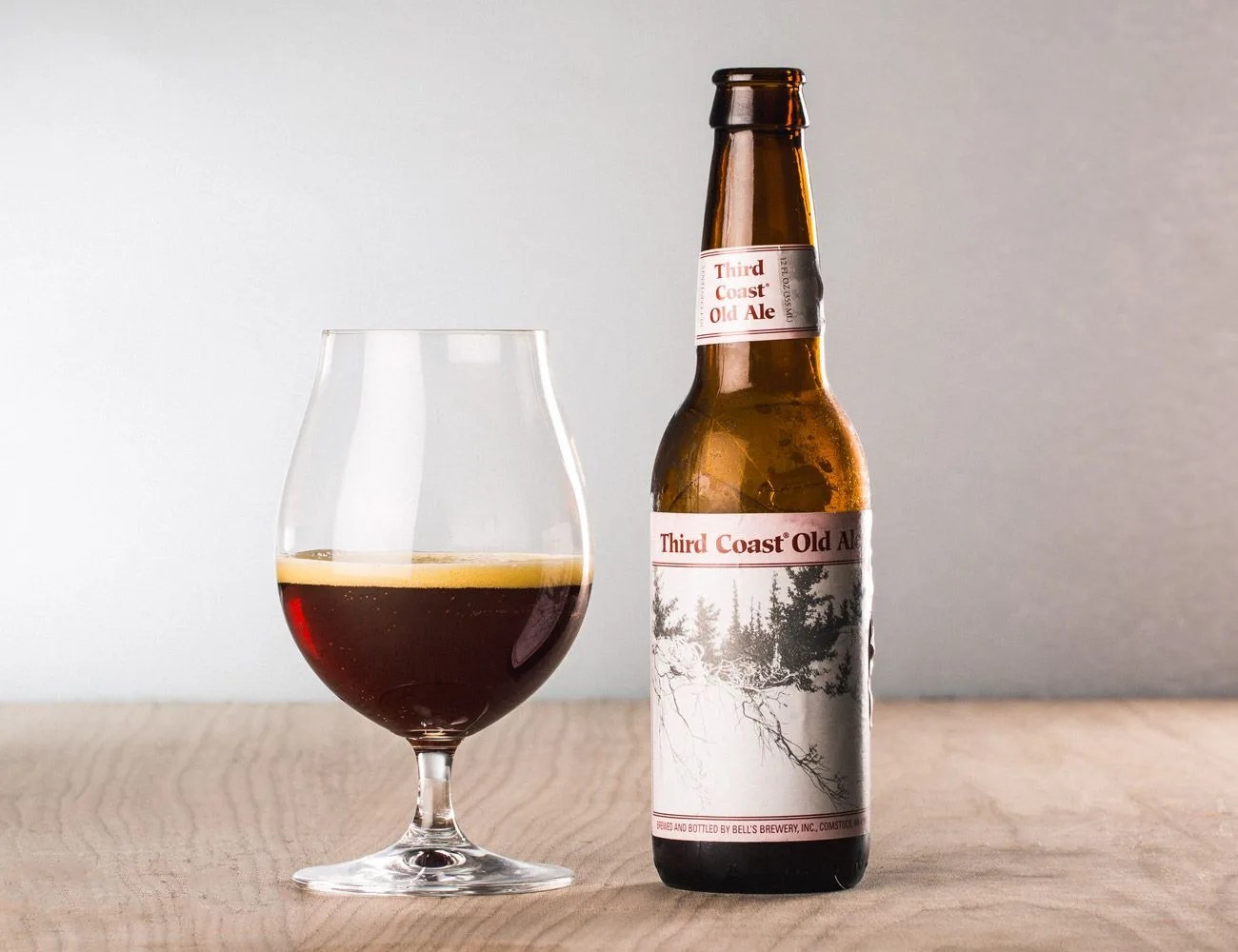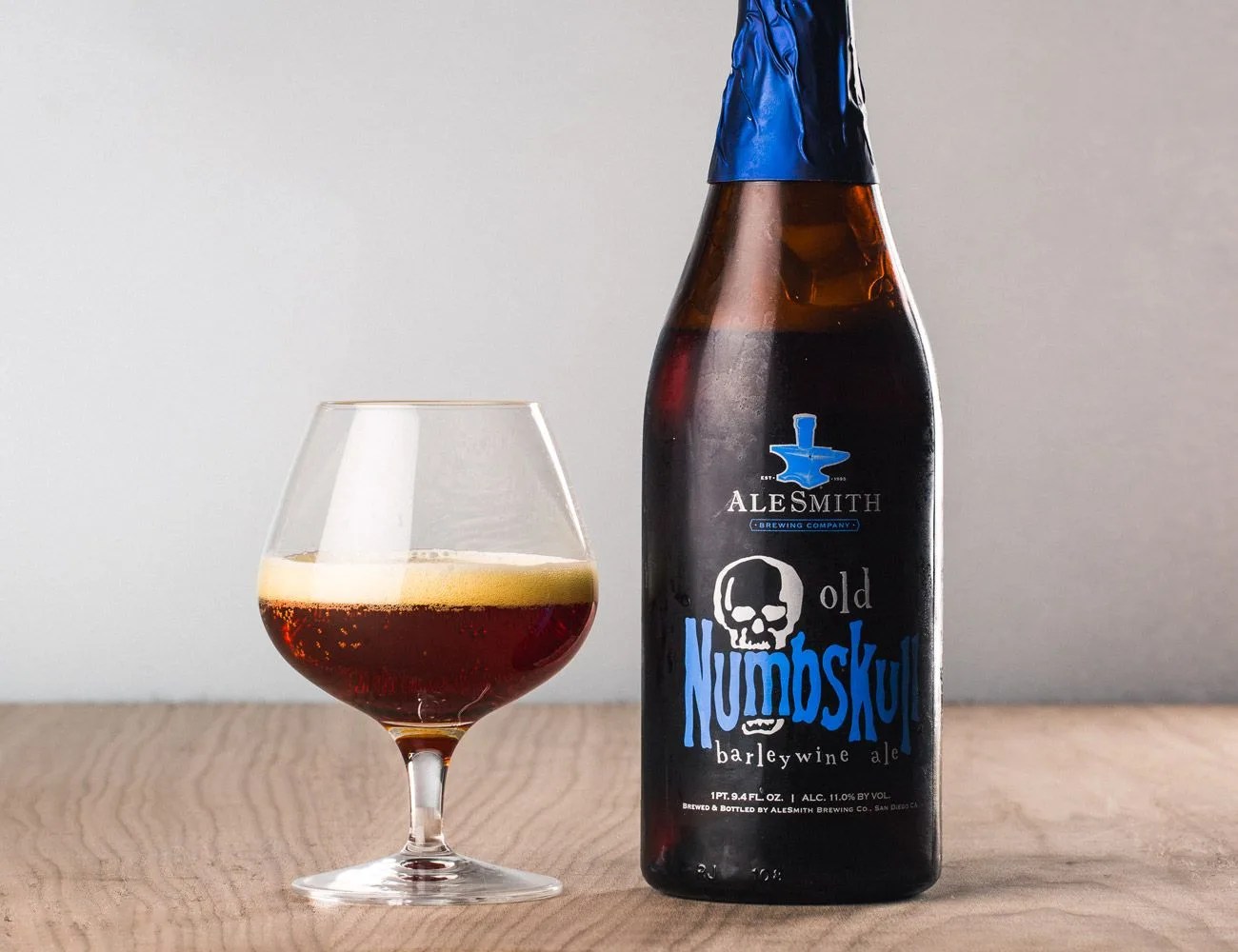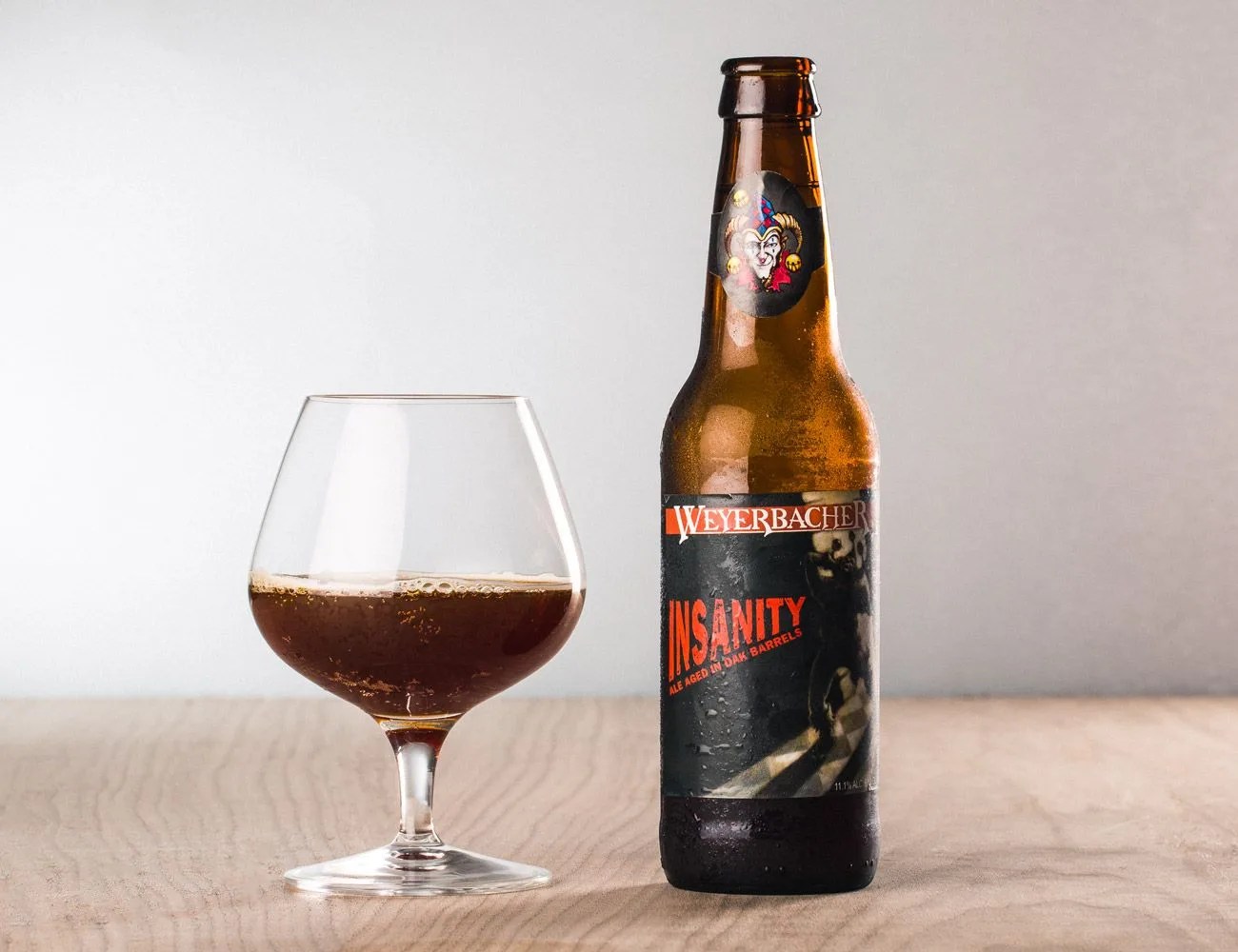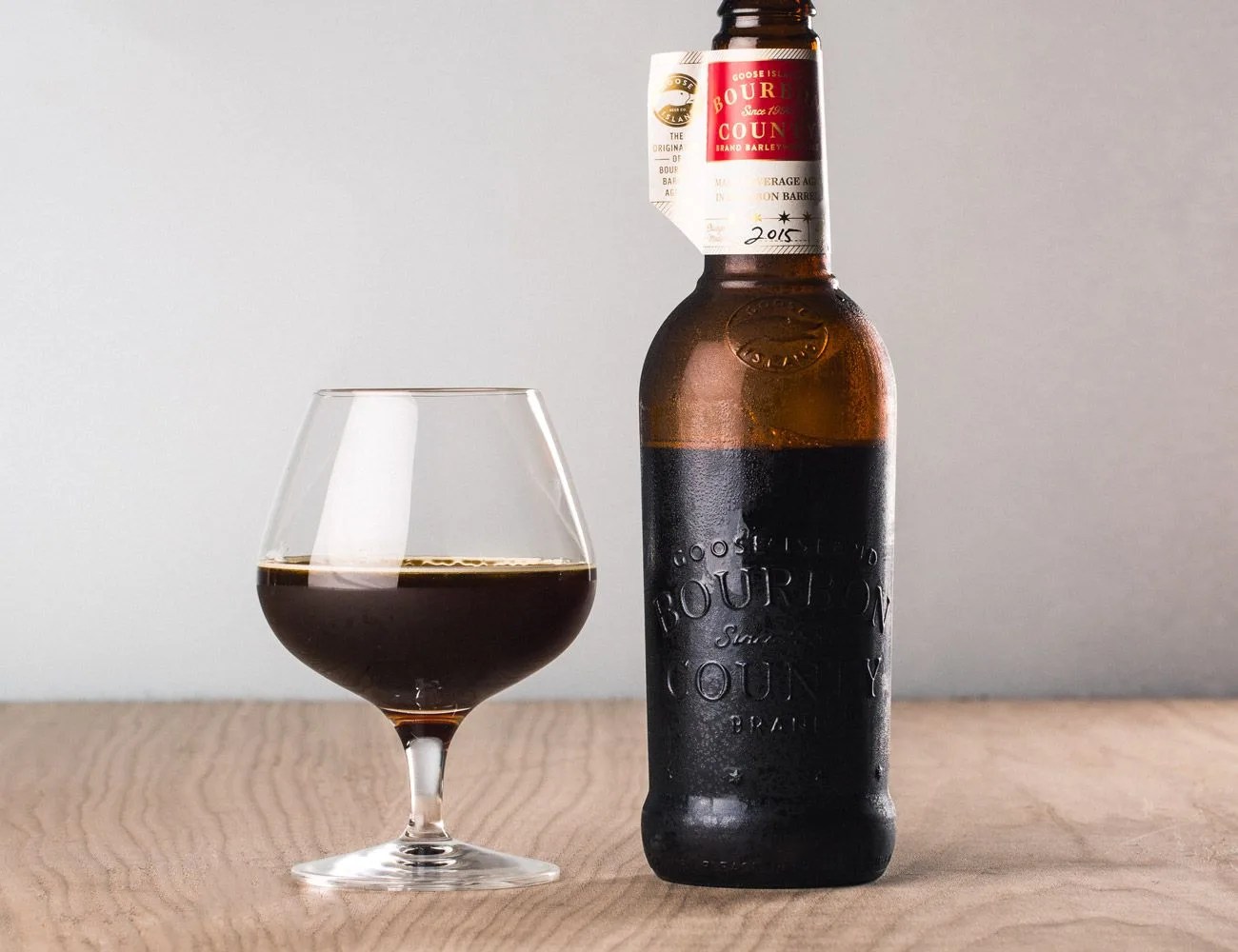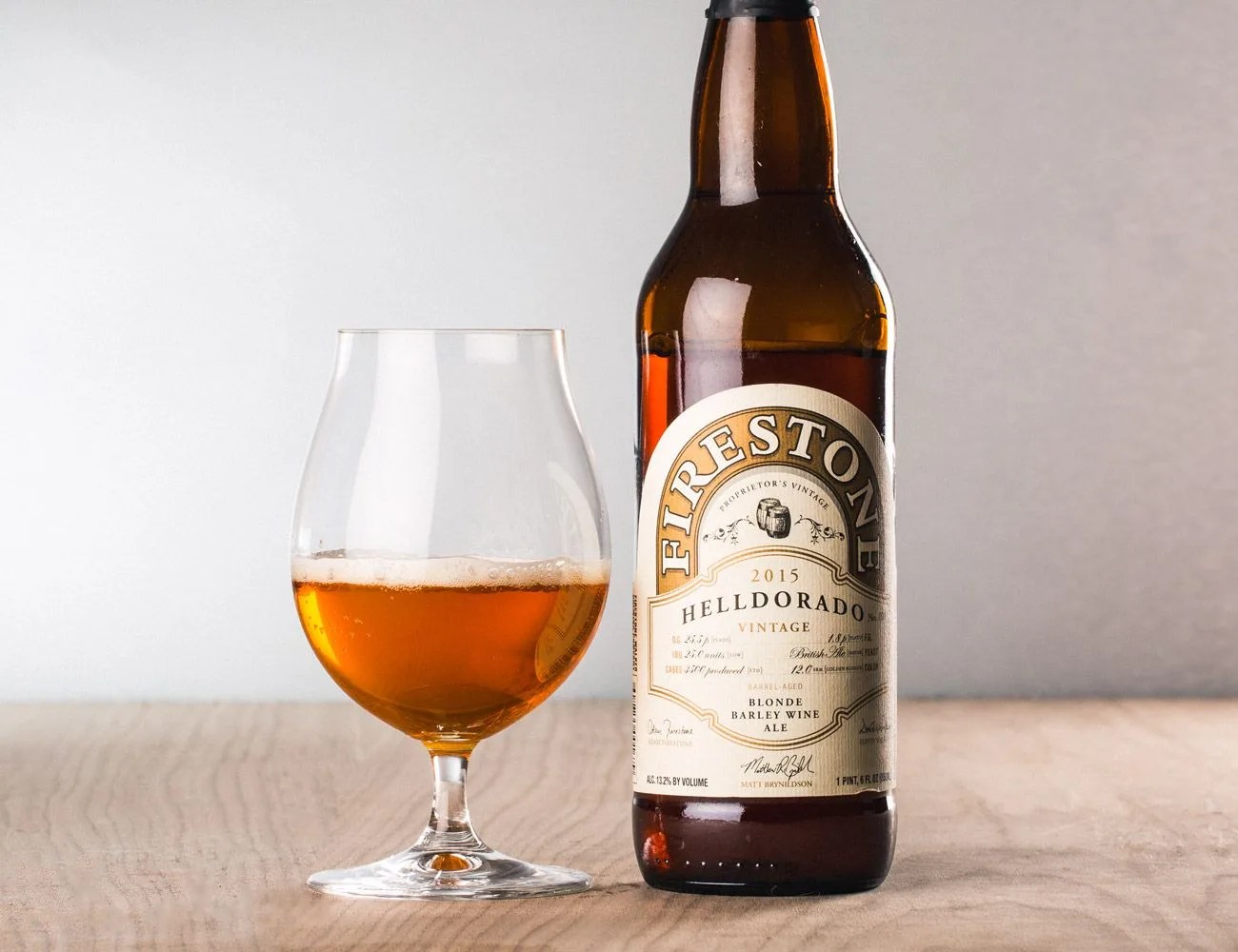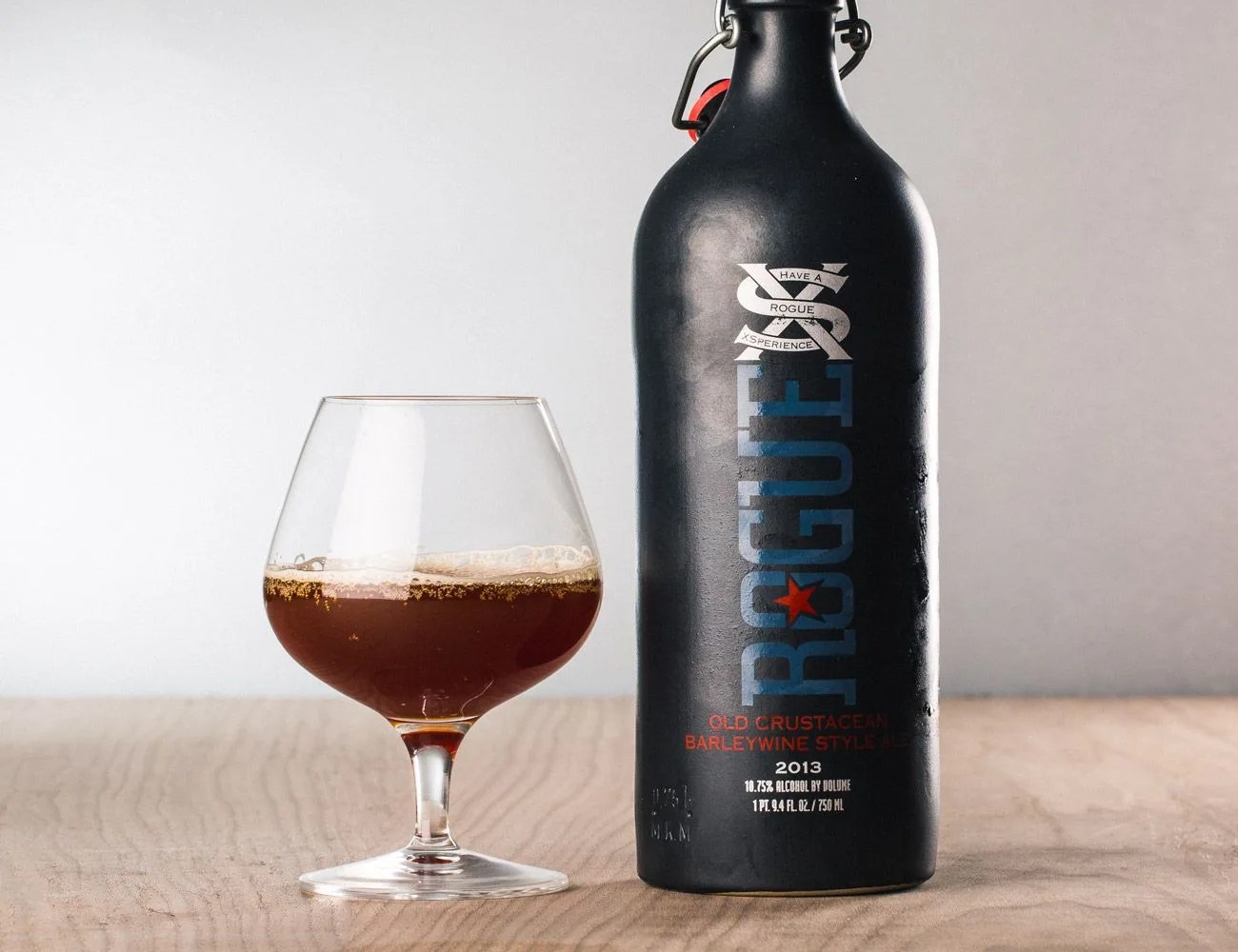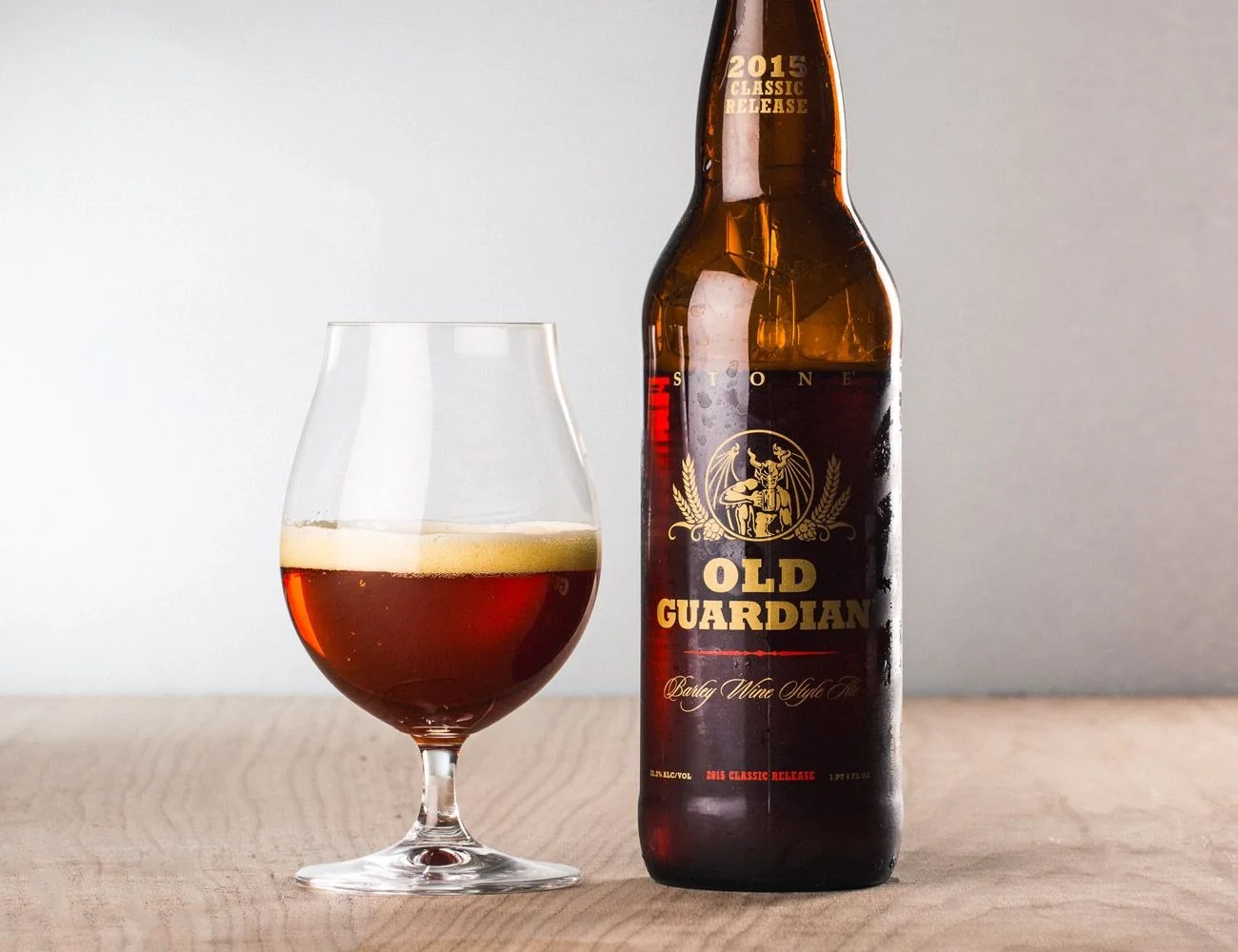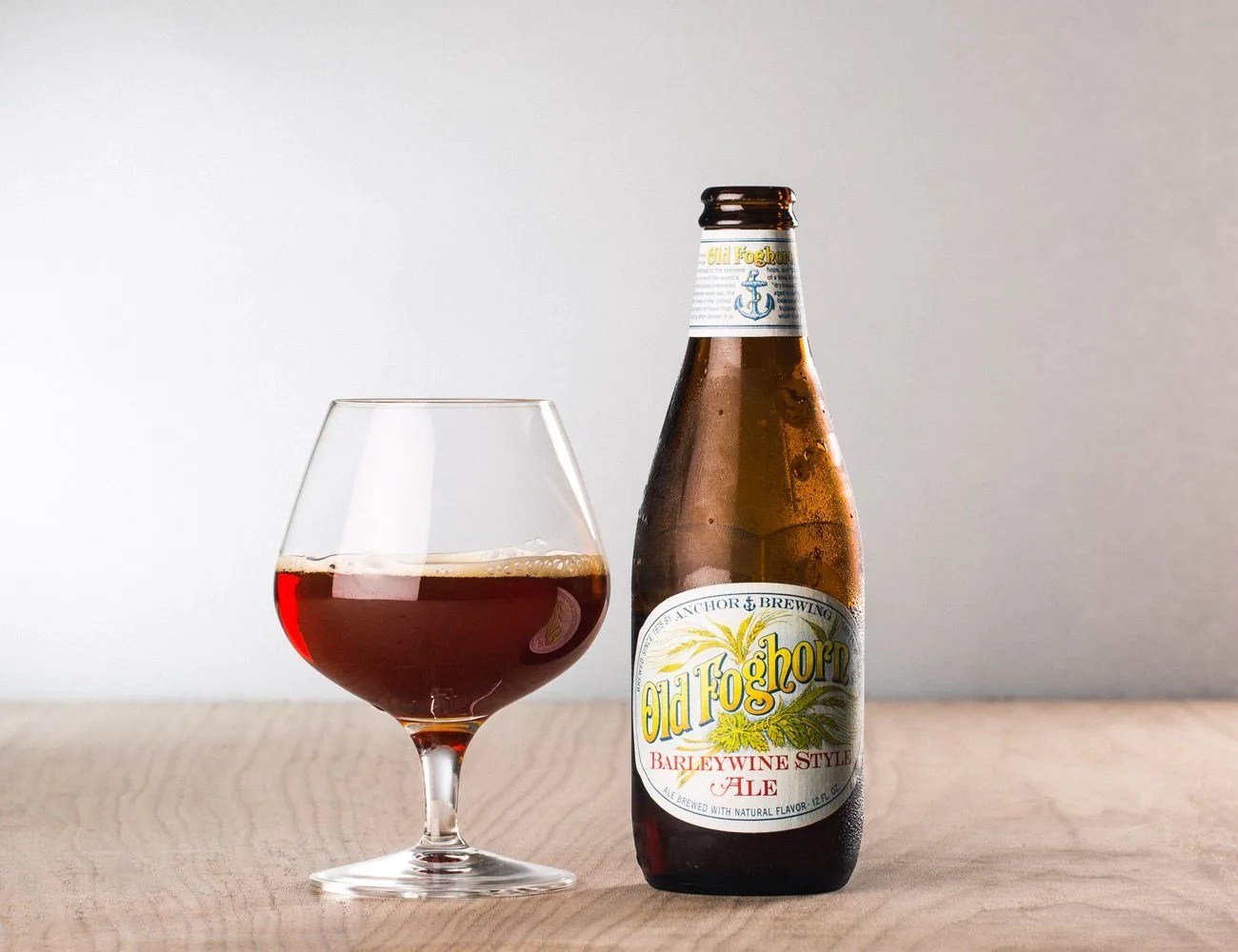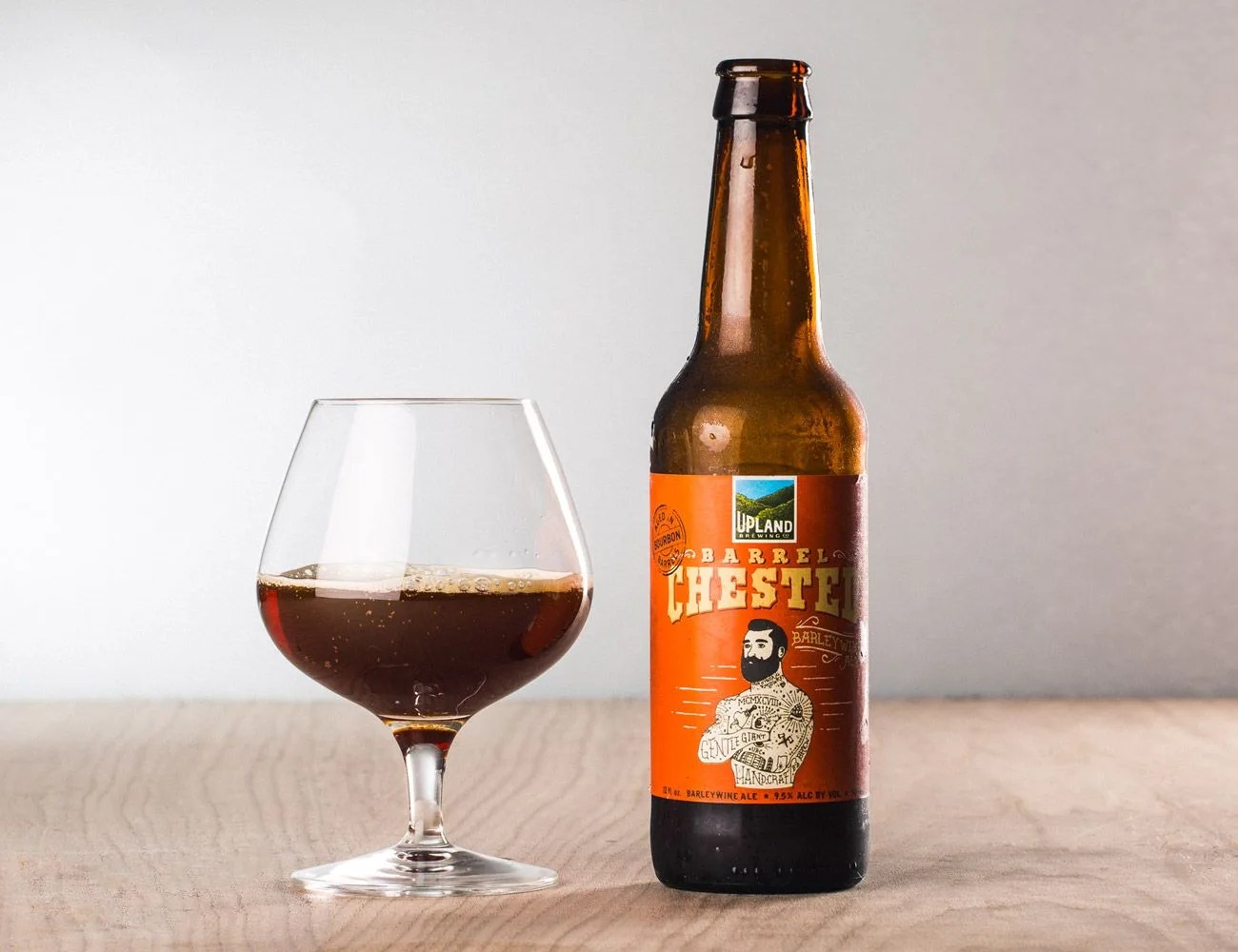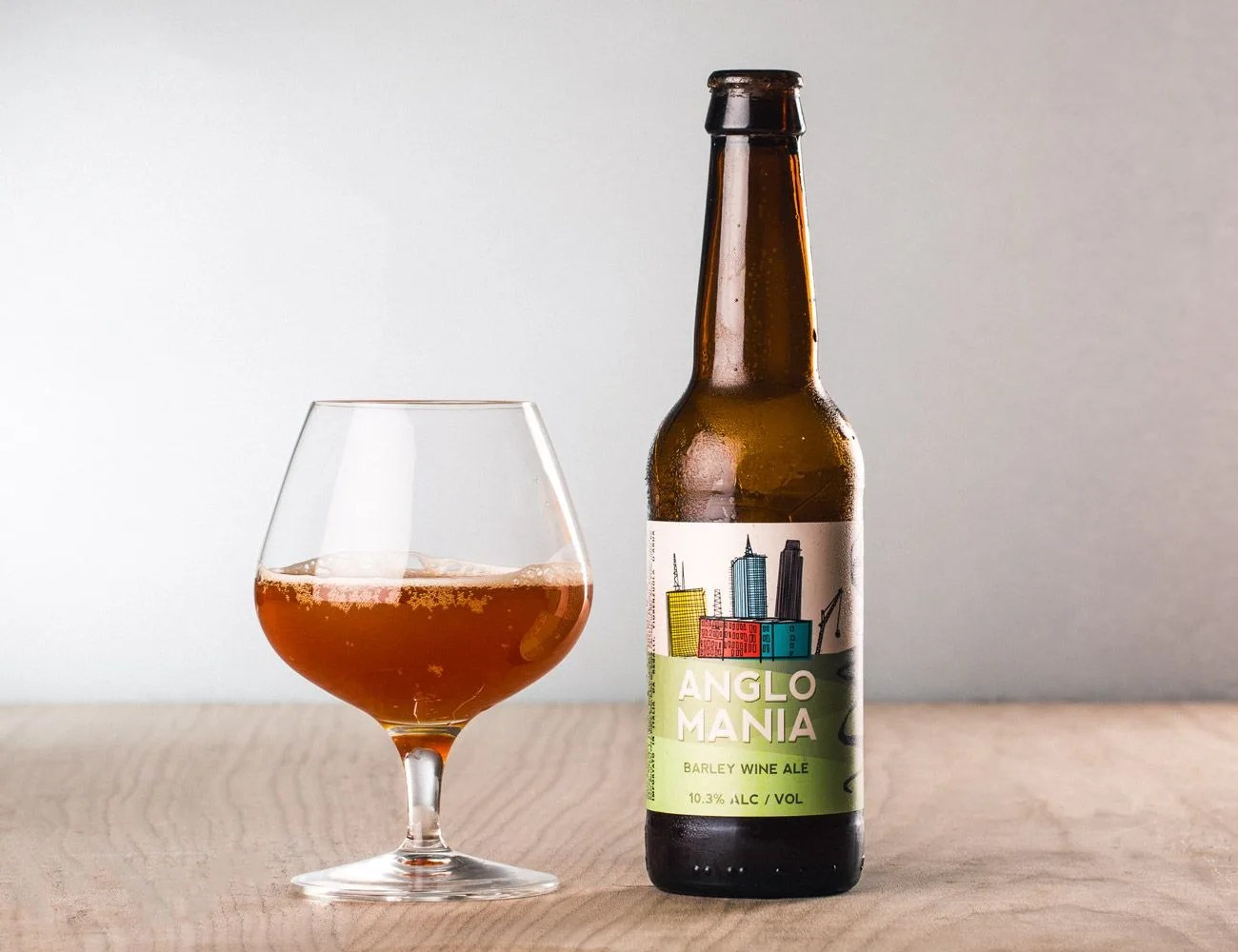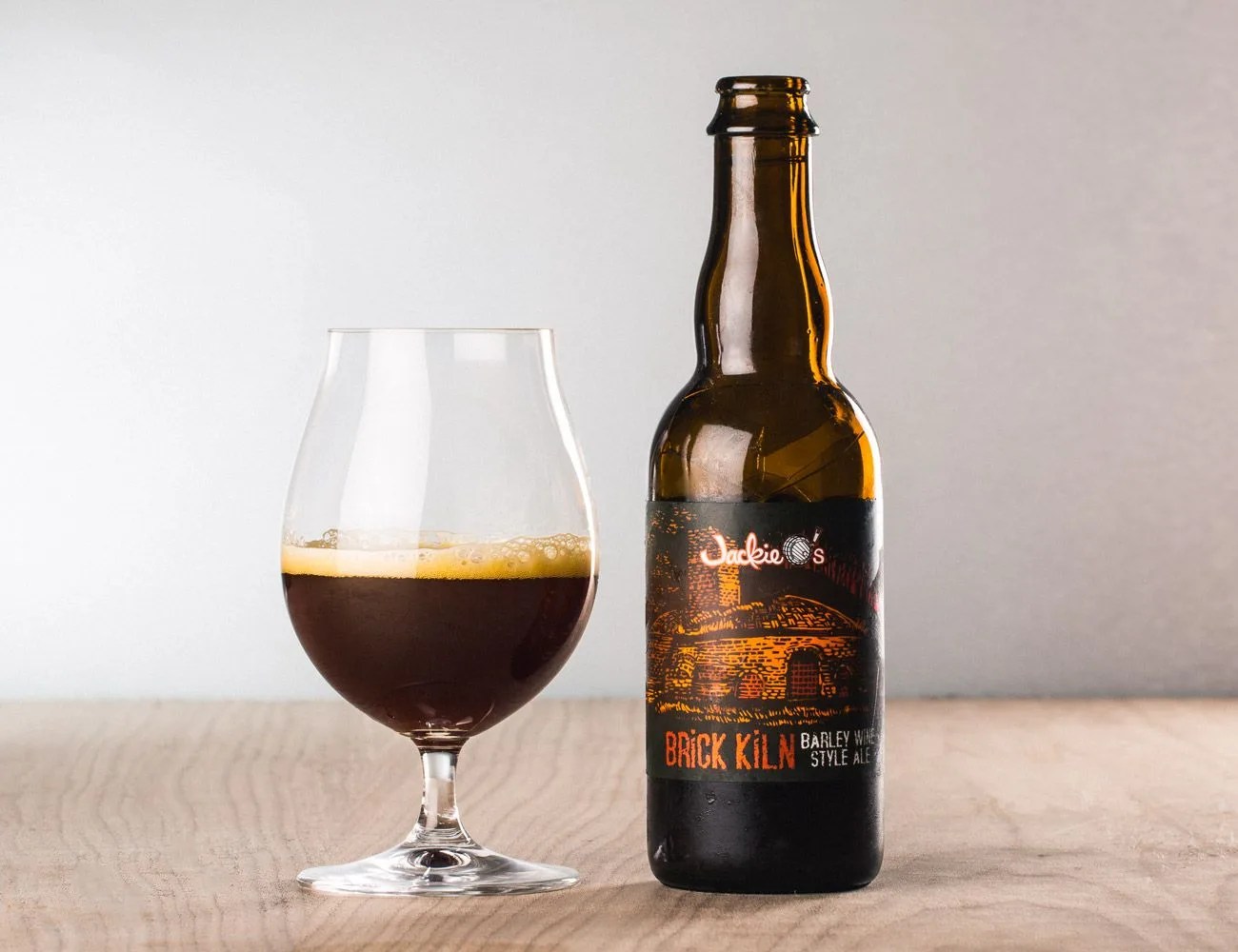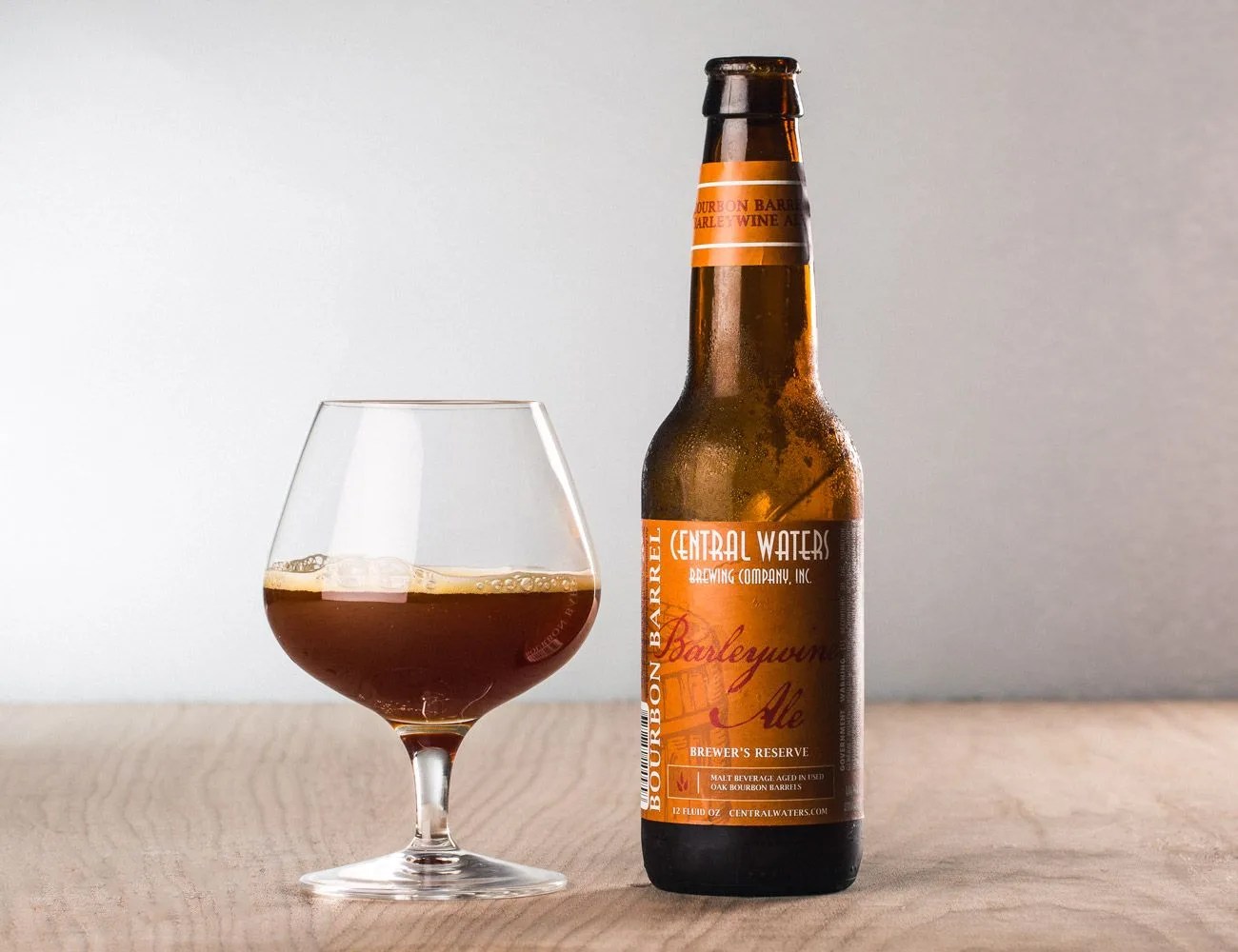In the mid-1970s, Fritz Maytag, then owner of the floundering Anchor Brewing Company and now considered by many to be the father of the craft brewing movement in America, traveled to England and noticed several women at the pub drinking an unfamiliar style of beer. He learned the drink was an old-style, unpopular ale called a barleywine, associated with little old ladies unwinding after long days of shopping, and so named because its alcohol content approached that of wine. Maytag thought it was perfect.
He returned to San Francisco brewery, which he had purchased in 1965 and was rebuilding in a way that seemed counterintuitive. At the time, pubs were full of men drinking lager, but, in the decade after he took over, Anchor bypassed lager and released their own versions of relatively unpopular styles of beer: a porter and a pale ale. He announced to his team of brewers that their next venture would be barleywine, an ale designed to sit on the shelf and age — and, more likely than not, to fall from favor and be forgotten.
This fact permeated the naming conventions. “He was telling us about the [British] bartender that made fun of it,” said the long time current brewmaster of Anchor, Mark Carpenter. “Saying they all had funny names. ‘Old Nicholas’, ‘Old Roger’. He named a few and then one guy says we should call ours Old Foghorn. It happened that quickly.” The name matched the antiquated ale and the ambient sounds of San Francisco, and no one thought twice.
Maytag was drawn to barleywine precisely because it was different. “He always liked the idea of a product no one was talking about, because the only way to go is up,” said Carpenter. Craft brewers opening today realize the same perils of relying on the popularity of IPAs; they get lost among the numbers. Old Foghorn, first bottled in 1976, became popular and, along with the Anchor Porter in 1972 and Liberty Ale in 1975, helped save Anchor Brewing Company.
The barleywines on this list clock in anywhere from 10 to 14 percent alcohol, depending on the original gravity, a measure of the fermentable sugar content of the wort. Breweries employ their own methods to achieve a heightened original gravity; Anchor uses only the “first runnings” to make Old Foghorn — the more sugary, unstrained combination of malted grain and water, which are 20 to 25 percent sugar compared to the reused “second runnings”, which are about 12 percent sugar. In the case of Old Foghorn, increased sugar from the first runnings gives the yeast more fuel for creating ethanol, and lends flavors reminiscent of dessert wine. (Carpenter recommends barleywine and tiramisu.) To balance the sweetness and allow for better preservation during aging, which lends a smoother, blended taste, Anchor’s first barleywine was heavily hopped. This gave rise to the American style of the beer, hoppier and balanced, over the sweeter old-lady drink of England. It’s got big flavor, big history and a lot of fruit, meaning it won’t be a beer for everyone. But below are 13 excellent examples of both American- and English-style barleywine that we tasted blind and rated according to appearance, smell, taste, and mouthfeel.
Sierra Nevada Barrel-Aged Bigfoot Barleywine Style Ale
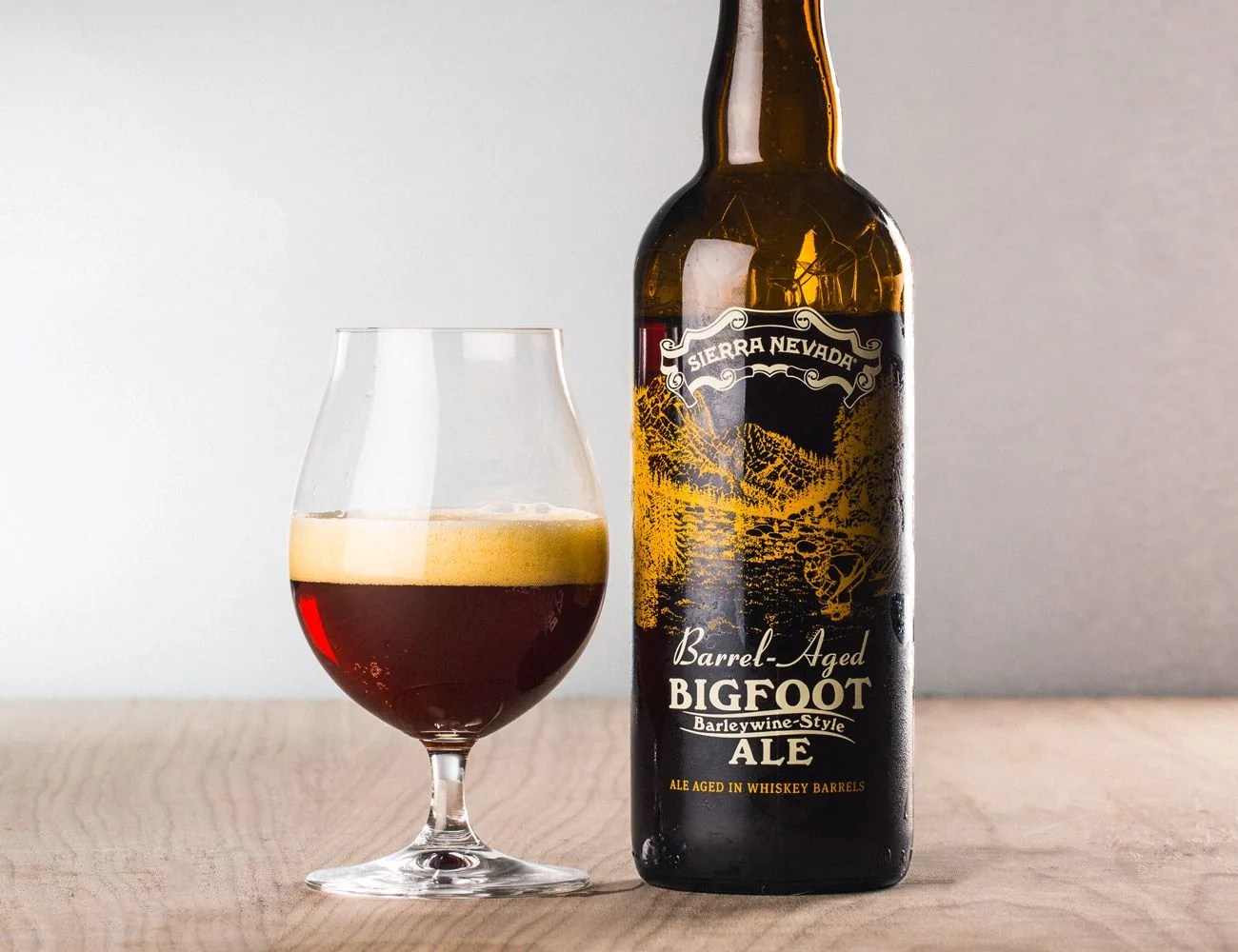
ABV: 11.9% | IBU: 90 | California
Malt: 2-Row Pale, Caramel | Hops: Cascade, Centennial, Chinook
Beer Advocate Rating: 92
